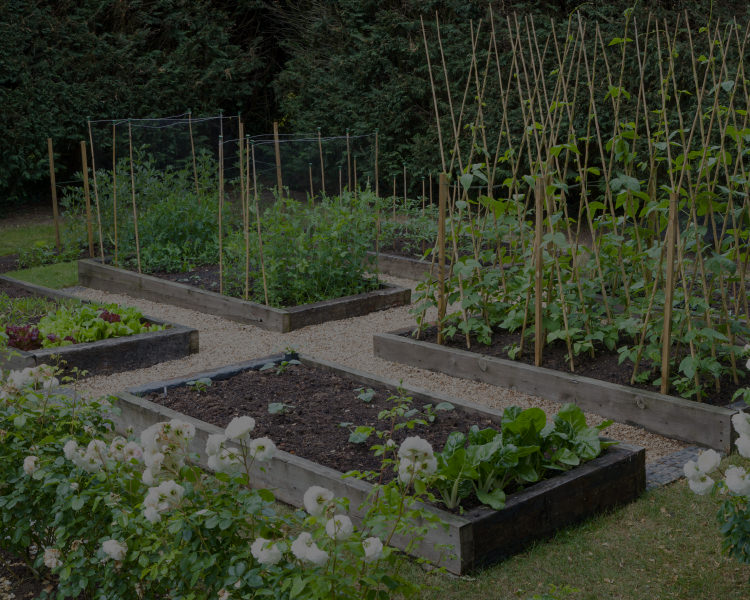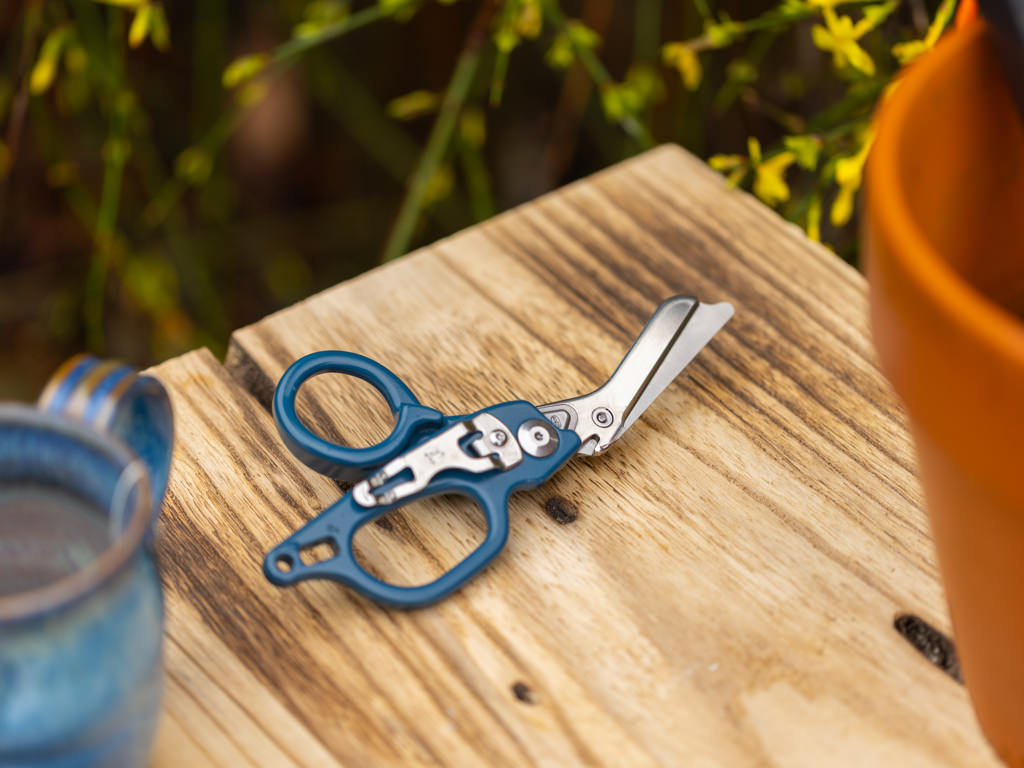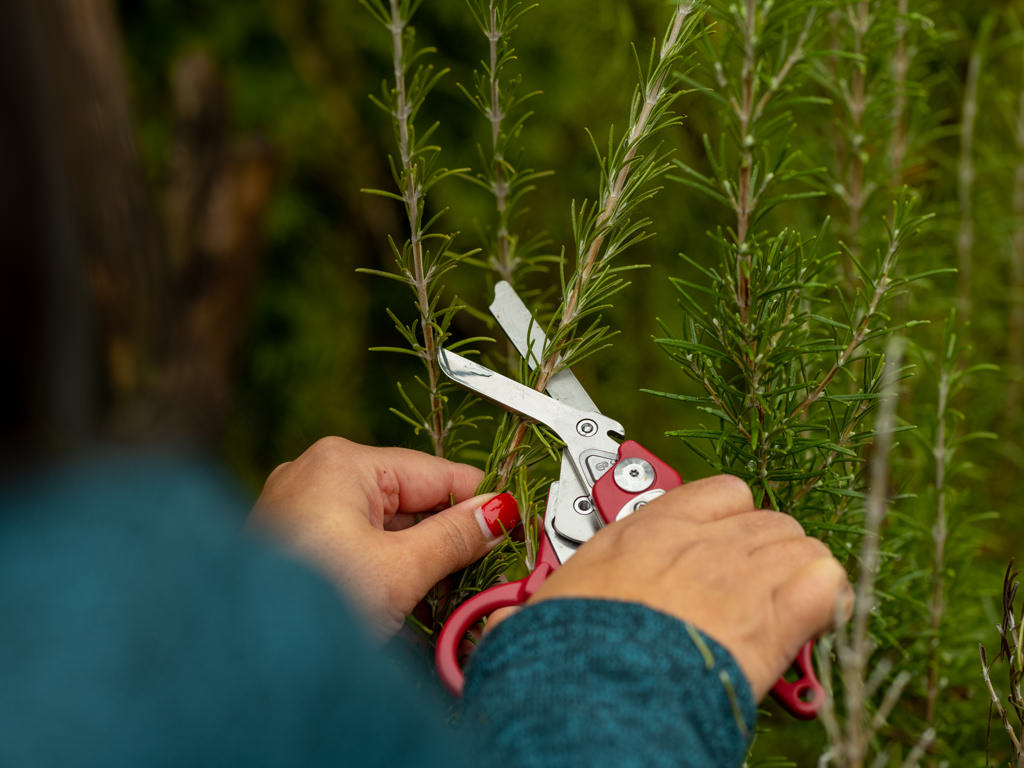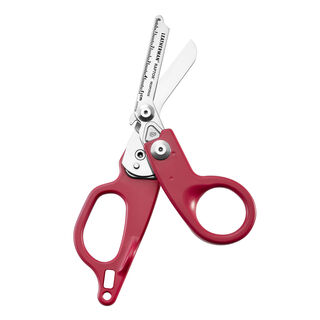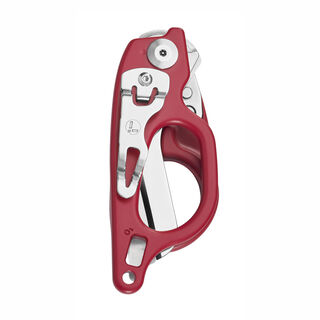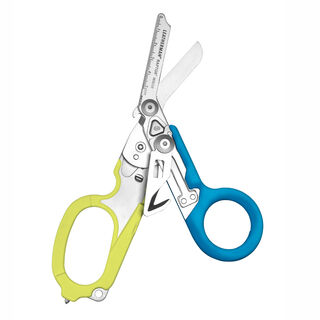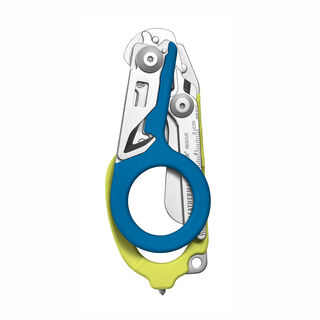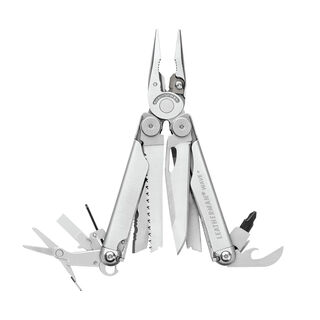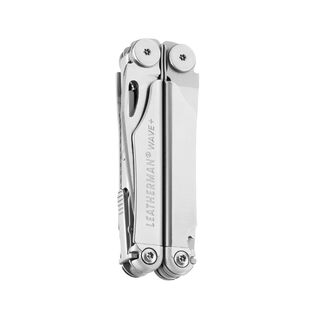While it’s possible to dig up a patch of dirt and plant your garden there, it’s also so much easier (and looks so much nicer) to have raised beds. They maintain a more consistent soil temperature (this means a longer grow season, yeah!), allow you to better manage the quality of your soil, help reduce weeds and reduce garden sprawl. Add to that less kneeling and easier care and maintenance of your little plant babies, raised beds are a gardener’s best friend. You *could* buy them, but they can be pricy. The good news is that they’re super simple to make if you don’t need anything fancy. With a short supply list (most things you may already have) and only 5 steps, you’ll have brand-spanking new raised garden beds you can use year after year.
SUPPLIES NEEDED
- Untreated Lumber: (note: Decide ahead of time how deep and long you want your raised bed to be. Start with a 2x6 or make it deeper by stacking two 2x6’s on top of each other to get a full foot of soil depth. The lumber store can help you be sure to get enough.)
- Soil (note: like lumber, you’ll need to know how big your garden bed is to know how much soil to pick up. Another thing a garden store can help you figure out, or there are also soil calculators available online.)
- Landscape Fabric (this is not an absolute requirement, but will help you keep weeds out)
- Deck Screws
- Power Drill
- Leatherman Raptor® Response Multi-tool (clip it to your pocket or carry it on a lanyard to make it your go-to garden tool)
- Seeds
- Optional: Chicken wire (if you live somewhere with moles or other burrowing creatures, this will help keep them from tunneling up into your garden or stealing your produce.)
STEP 1
Watch the sun and the spaces in your yard that get a good amount of direct sun for 6-8 hours a day. You’ll want a level piece of land (aka where you want to plant your garden box), and clear out the area of rocks and debris.
STEP 2
Create a 4-sided structure using the lumber. Place the walls flush to make a rectangle or square, and drill deck screws into the corners, attaching the long ends into the short (or vice versa). (You can build it and move it, but it’s easiest to just build it where you want it to be.)
STEP 3
Use your Raptor® Response shears to cut your landscape fabric to the appropriate size to fit the bottom of your box. (Optional: do the same with chicken wire).
STEP 4
Fill box with the correct amount and type of soil for the plants you want to grow. Pro tip: If you add fertilizer to your soil mix, you need to let it rest for a couple weeks to let the pH of your soil level out so the fertilizer doesn’t burn your brand-new plants. So, plan accordingly for your planting schedule.
STEP 5
Use the built-in ruler on your Raptor® Response to measure the distance between seeds (each packet of seeds should tell you what’s best). Pro tip: plant your seeds so that taller plants won’t block sunlight to the shorter ones.
WEED, WATER & REPEAT!
Water your garden bed at least 1 inch deep a week (more or less depending on climate and weather). Add stakes to your plants for support. Trim, cut and harvest your produce with the Raptor® Response.

HAPPY GROWING!
Once you’ve built your beds, planted your garden and kept it weed-free, watered and cared for, all that’s left is to sit back and dream of the delicious meals you’ll make when it’s time to harvest your hard work.

